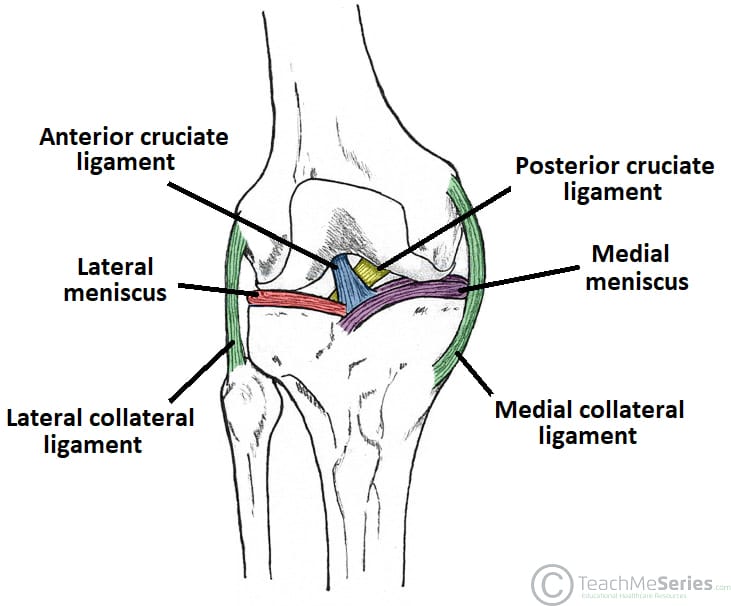
Three Ways to Reverse Knee Pain: A Simple Progression and Regression Approach
We will look at three ways to treat knee pain in this video. It’s crucial to remember that these tactics represent a range of possibilities that can be adjusted to your particular requirements rather than a one-size-fits-all approach. You can find the best position for yourself and get rid of knee discomfort by using the progression and regression approach created by trainer Ben Patrick. We’ll also go over some important knee health principles during this conversation.
Step Down Exercise
We’ll start with a step-down exercise to get things going. People who have worn-out knees or those who are experiencing severe knee discomfort should try this workout. You can ease the strain on your knees by using a support object, such as a block or step. The workout is moving your weight forward before reversing direction. It’s crucial to keep your composure and balance while moving. The vastus medialis obliquus (VMO), a quadriceps muscle that aids in knee stabilisation, is activated during this exercise. Increasing the repetitions or slowing down the movement will change the difficulty level.
Higher Step Down
The moment has come to move on to the next level if you find the original step-down exercise to be too simple. In this exercise, the support item is removed, and the movement is emphasised by intensifying it. Making fists causes your core muscles to contract, strengthening them. Reversing the typical knee movement that generates pain is the goal. We move backwards instead of forward, which strengthens the knee differently. As you let the knee to pass past your toes, keep your balance and step onto your toes. You can always go back to the previous stage and do extra reps if this exercise is too unpleasant.
Adding Weight
It’s time to add new tasks once you feel comfortable with the prior exercises. We retain the same height as the previous step-down exercise but add weight to the back during this exercise. By doing this, we increase grounding and quadriceps engagement, both of which are crucial for strong, stable knees. The movement pattern stays the same: gently advance while emphasising your weight on your toes, then quickly turn around to face the discomfort. Remind yourself to maintain control while progressively raising the level of challenge.
The Importance of Progression and Regression
This method differs from others in that it emphasises progression and regression. Indeed this approach permits a gradual progression based on your skills, unlike many rehabilitation programmes that offer a single exercise without taking individual needs into account. You can always switch to the previous exercise, lighten the weight, or give yourself a little help if an exercise becomes too difficult. Finding your sweet spot will enable you to progressively increase strength while retaining results.
Building Strength
After your knee discomfort has been properly managed, you should turn your attention to strengthening your knee. You can progressively become used to the exercises by starting with simple motions. Keep the knee from bending too much or putting too much weight on it. Start with a support object to help you, then as you get stronger, indeed stop using it and switch to a higher platform. To make sure you are adequately strengthening the knee, decline slowly and reverse out of the activity.
How To Reverse Knee Pain
Using a progression and regression strategy that takes into account each person’s demands, knee discomfort can be reversed too. You may strengthen your knees and maintain a healthy knee joint by performing the step-down exercises, progressively raising the level of effort, and adding weight. It’s crucial to identify your sweet spot, carry out the exercises properly, also an advance at a rate that works for you. Remember that this method allows for alterations and adjustments, ensuring that you maintain a strong knee and avoid unneeded pain.
Visit: mobilityabilityagility.com
